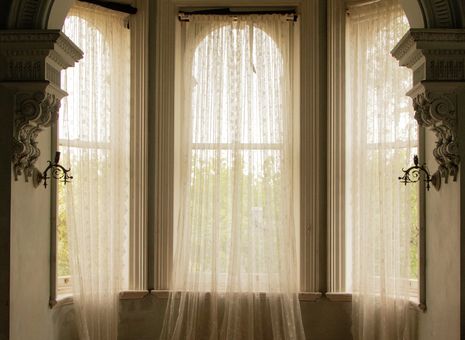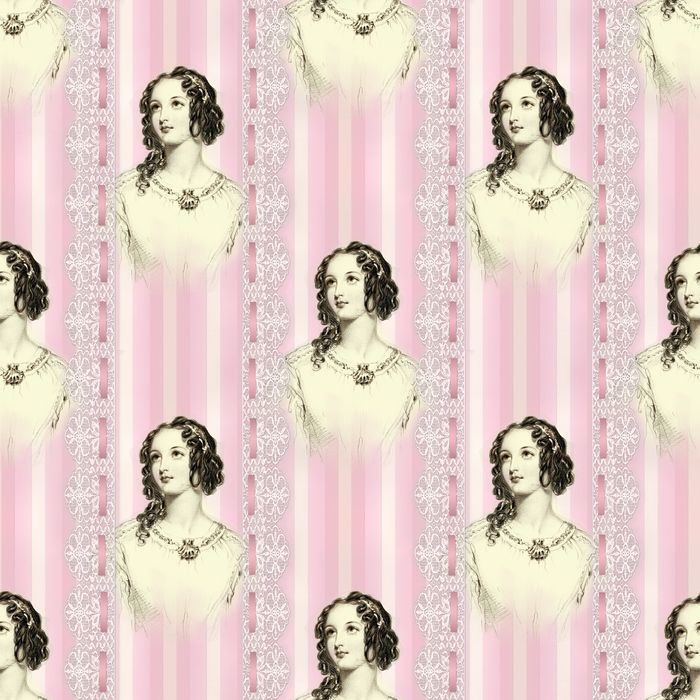Carrie Cracknell’s Persuasion: all agony and no hope
Through the ‘Fleabag-ification’ of Anne Elliott, the latest Austen adaptation becomes a confusing wreckage

In my attempts to delay productivity, against the recommendations of my mother (and my own judgement), I watched Carrie Cracknell’s 2022 adaptation of Jane Austen’s Persuasion. The original novel follows the story of Anne Elliot as she crosses paths with the love of her life, Captain Wentworth, whom her godmother, Lady Russell, had persuaded her to ditch eight years prior. Through Austen’s writing we follow Anne’s journey to maturity. We see her self-confidence grow as she eventually claims independence from her uncaring and domineering family.
I had to watch the film in intervals, the first one being four minutes
The colour-blind casting, à la Bridgerton, exhibits yet another promising move towards more diversity in the period genre. The cast features fan favourites, such as Dakota Johnson (as Anne) and Henry Golding (as Mr Elliot). Indeed, every actor in Persuasion did, I believe, the best they could with the material they were given. Richard E. Grant’s portrayal of the vain and ridiculous Sir Walter was entertaining. But, unfortunately, there was only so much the actors could do, and thus ends my enthusiastic praise.
I had to watch the film in intervals, the first one being four minutes. When the word ‘daddy’ was used five times in the space of a minute, I had to take a break. The writers seemed to believe that anything would sound period-appropriate as long as it was spoken in received pronunciation and involved a thesaurus every few lines. Modern coinages, such as ‘exes’, are peppered throughout and sound both confusingly anachronistic and extremely silly.
Instead of showing each character’s personality implicitly through their actions, we are told directly through the awkward breaking of the fourth wall and clumsy dialogue. This renders the script artificial and the characters cartoonish. Mary Musgrove, the self-absorbed and proud sister, appears as an absurd caricature of her original character. The film desperately uses her for as many exaggerated (and painfully unfunny) jokes as possible. This is at the expense of the humour that the novel finds in Mary’s imagined illnesses, and we are left rolling our eyes every time she opens her mouth.
However, the most catastrophic character adaptation is Anne herself. Even worse than the exaggeration of Mary or the overt honesty of the originally duplicitous Mr Elliot, this new Anne is completely unrecognisable from Austen’s character. She derails the entire film. Austen’s Anne is a stoic, intelligent, kind and quietly observant woman. She is left in a depression for eight years following her childhood with a manipulative and oppressive family and her loss of Wentworth. The central theme of her story is growth as she escapes from this upbringing to become independent and determined.
This Anne has neither growth nor complexity
Cracknell’s Anne, on the other hand, is outspoken, confident and strong-willed, constantly glancing at the camera and giving witty and sarcastic remarks as if she were Jim Halpert. From beginning to end she shows little weakness, except in her ‘quirky’ ability to smear jam on her face just as her love interest enters the room (how convenient and, of course, terribly amusing). The only quality she seems to share with her literary counterpart is composure in emergencies, revealed to the audience in dialogue with little evidence shown in her actions. This Anne has neither growth nor complexity; the most interesting aspect of her character is her pet rabbit.
There is also no indication that this headstrong character could be persuaded to give anyone up. It would have made more sense if she had delivered a feminist speech about choice, given the middle finger and eloped. There is not one implication of Anne being under anyone else’s power, let alone her father’s or Lady Russell’s, who in this version is more occupied with European sex trips than Anne’s love-life. Anne’s vulnerability to persuasion is what drives the entire plot and the film falls completely flat without it.
Previously in film and television, women were forced into a crude dichotomy of perfection versus disaster. Although writers have begun to experiment with the abundant opportunities to represent the full range of female experiences, the film industry is still drawn to reductive archetypes. The quiet strength of Austen’s Anne is rarely seen in Hollywood’s protagonists. According to Hollywood, in order to be a strong woman, you must be ‘sassy’ and throw out lines such as ‘why do people assume that all women want is a man’.
Strength in women has been reduced to one character type. Evidently, the original Anne did not make the cut. Perhaps they thought that this new wine-obsessed, Fleabag-inspired character would be more relatable and appealing to a modern audience. Yet they overlook traits, such as Anne’s vulnerability, which make for a more interesting and realistic protagonist. There is nothing more compelling than the evolution of a loveable character.
This is not to say that adaptations must be completely accurate. Take Clueless (1995), adapted from Austen’s Emma but set in 90s Beverly Hills. It perfectly captures the essence of the book while adding its own modern twists. I suspect that Cracknell did nothing other than read a Wikipedia summary, lift a few quotes from GoodReads and watch Bridgerton for good measure. Thus, tragically, Austen’s Persuasion is utterly lost in this confusing and ridiculous adaptation.
 News / Eight Cambridge researchers awarded €17m in ERC research grants27 December 2025
News / Eight Cambridge researchers awarded €17m in ERC research grants27 December 2025 News / Downing investigates ‘mysterious’ underground burial vault 29 December 2025
News / Downing investigates ‘mysterious’ underground burial vault 29 December 2025 Lifestyle / Ask Auntie Alice29 December 2025
Lifestyle / Ask Auntie Alice29 December 2025 Sport / Hard work, heartbreak and hope: international gymnast Maddie Marshall’s journey 29 December 2025
Sport / Hard work, heartbreak and hope: international gymnast Maddie Marshall’s journey 29 December 2025 Interviews / Meet Juan Michel, Cambridge’s multilingual musician29 December 2025
Interviews / Meet Juan Michel, Cambridge’s multilingual musician29 December 2025









